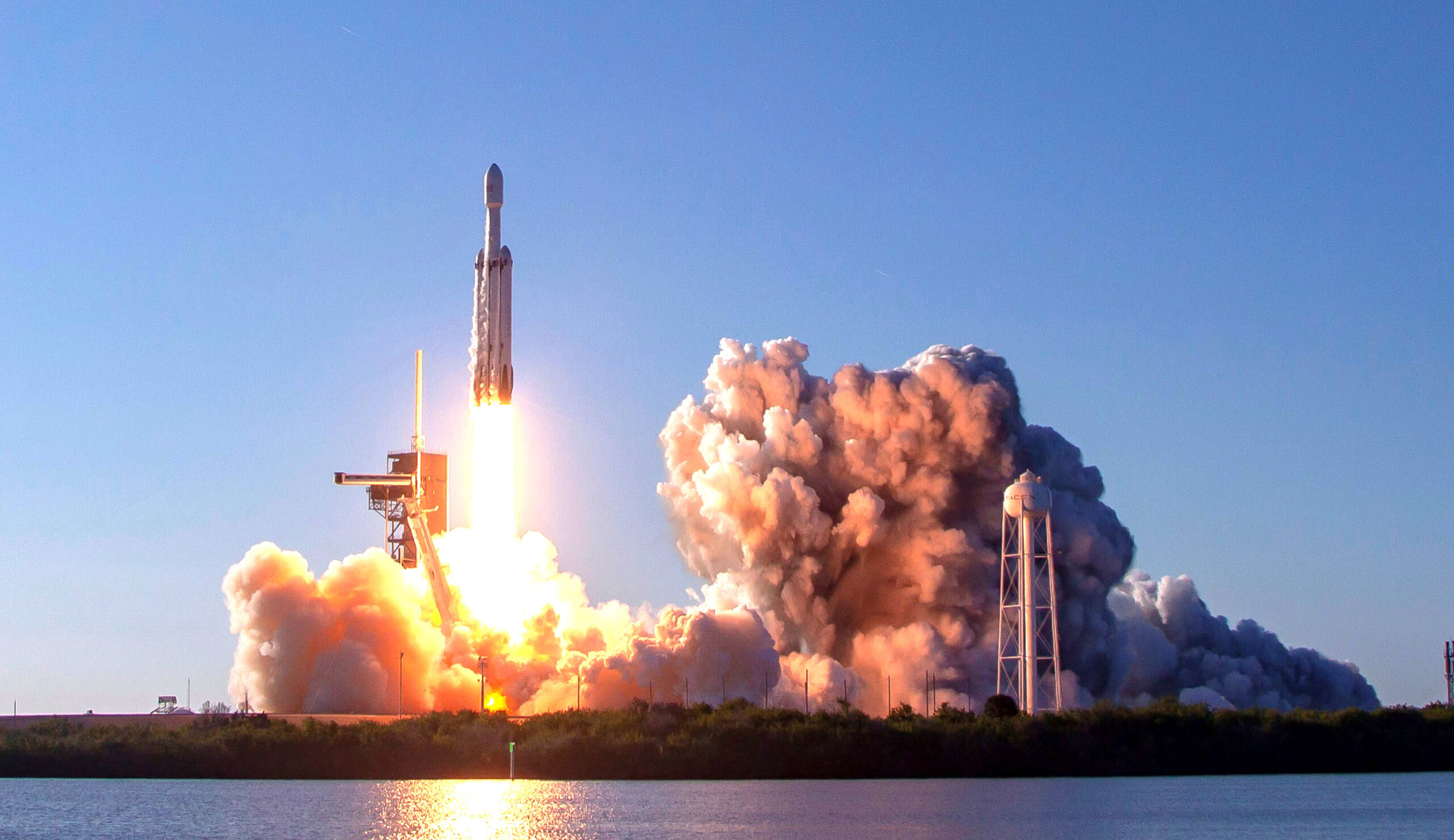7 Firework Recipe Ideas For Holidays
The art of creating fireworks is a delicate and intricate process that requires a deep understanding of chemical reactions and safety protocols. When it comes to designing firework recipes for holidays, it's essential to consider the desired effects, such as color, sound, and duration. Here, we'll explore seven firework recipe ideas that can add a touch of magic to your holiday celebrations.
Understanding Firework Chemistry
Before diving into the recipes, it’s crucial to understand the basic chemistry behind fireworks. Fireworks typically consist of a fuel source, an oxidizer, and a color-producing agent. The fuel source, often in the form of black powder or sugar, provides the energy for the explosion. The oxidizer, usually potassium nitrate or chlorates, helps to sustain the combustion process. Color-producing agents, such as strontium or barium, are added to create the vibrant hues we associate with fireworks.
Recipe 1: Red Star Burst
This recipe produces a stunning red star burst effect, perfect for Independence Day or New Year’s Eve celebrations. The ingredients include:
- 70% potassium nitrate (oxidizer)
- 15% sugar (fuel)
- 10% strontium carbonate (color-producing agent)
- 5% magnesium powder (sparkler)
To create the red star burst, mix the ingredients in the specified proportions and shape into small spheres. These spheres can then be loaded into a mortar tube and ignited, producing a vibrant red explosion.
Recipe 2: Green Glow Fountain
This recipe creates a mesmerizing green glow fountain effect, ideal for Halloween or Christmas celebrations. The ingredients include:
- 60% potassium nitrate (oxidizer)
- 20% sugar (fuel)
- 10% barium carbonate (color-producing agent)
- 10% titanium dioxide (sparkler)
To create the green glow fountain, mix the ingredients in the specified proportions and shape into a cylindrical form. This cylinder can then be placed on a flat surface and ignited, producing a flowing green glow effect.
| Firework Type | Ingredients | Effect |
|---|---|---|
| Red Star Burst | Potassium nitrate, sugar, strontium carbonate, magnesium powder | Red explosion |
| Green Glow Fountain | Potassium nitrate, sugar, barium carbonate, titanium dioxide | Green glow |
| Blue Peony | Potassium nitrate, sugar, copper oxide, aluminum powder | Blue spherical burst |
| Yellow Sparkler | Potassium nitrate, sugar, sodium nitrate, iron powder | Yellow sparkler |
| Purple Bombette | Potassium nitrate, sugar, manganese dioxide, magnesium powder | Purple explosion |
| Silver Chrysanthemum | Potassium nitrate, sugar, aluminum powder, titanium dioxide | Silver spherical burst |
| Orange Cylinder | Potassium nitrate, sugar, calcium carbonate, iron powder | Orange glow |
Recipe 3: Blue Peony
This recipe produces a stunning blue peony effect, perfect for Fourth of July or Labor Day celebrations. The ingredients include:
- 65% potassium nitrate (oxidizer)
- 20% sugar (fuel)
- 10% copper oxide (color-producing agent)
- 5% aluminum powder (sparkler)
To create the blue peony, mix the ingredients in the specified proportions and shape into small spheres. These spheres can then be loaded into a mortar tube and ignited, producing a vibrant blue explosion.
Advanced Firework Techniques
For experienced firework enthusiasts, advanced techniques such as layering and coloring can be used to create even more complex and stunning effects. Layering involves combining multiple firework compositions to produce a multi-colored effect, while coloring involves adding specific chemical agents to create unique hues.
Recipe 4: Yellow Sparkler
This recipe creates a bright yellow sparkler effect, ideal for birthday parties or weddings. The ingredients include:
- 70% potassium nitrate (oxidizer)
- 15% sugar (fuel)
- 10% sodium nitrate (color-producing agent)
- 5% iron powder (sparkler)
To create the yellow sparkler, mix the ingredients in the specified proportions and shape into a cylindrical form. This cylinder can then be placed on a flat surface and ignited, producing a bright yellow sparkler effect.
Recipe 5: Purple Bombette
This recipe produces a stunning purple bombette effect, perfect for New Year’s Eve or Halloween celebrations. The ingredients include:
- 60% potassium nitrate (oxidizer)
- 20% sugar (fuel)
- 10% manganese dioxide (color-producing agent)
- 10% magnesium powder (sparkler)
To create the purple bombette, mix the ingredients in the specified proportions and shape into small spheres. These spheres can then be loaded into a mortar tube and ignited, producing a vibrant purple explosion.
Recipe 6: Silver Chrysanthemum
This recipe creates a stunning silver chrysanthemum effect, ideal for Christmas or Fourth of July celebrations. The ingredients include:
- 65% potassium nitrate (oxidizer)
- 20% sugar (fuel)
- 10% aluminum powder (sparkler)
- 5% titanium dioxide (color-producing agent)
To create the silver chrysanthemum, mix the ingredients in the specified proportions and shape into small spheres. These spheres can then be loaded into a mortar tube and ignited, producing a vibrant silver explosion.
Recipe 7: Orange Cylinder
This recipe produces a warm orange glow effect, perfect for Halloween or Thanksgiving celebrations. The ingredients include:
- 60% potassium nitrate (oxidizer)
- 20% sugar (fuel)
- 10% calcium carbonate (color-producing agent)
- 10% iron powder (sparkler)
To create the orange cylinder, mix the ingredients in the specified proportions and shape into a cylindrical form. This cylinder can then be placed on a flat surface and ignited, producing a warm orange glow effect.
What safety precautions should I take when working with fireworks?
+When working with fireworks, it’s essential to follow proper safety protocols, including wearing protective gear, ensuring a safe distance from spectators, and keeping a fire extinguisher nearby.
What are the most common color-producing agents used in fireworks?
+The most common color-producing agents used in fireworks include strontium carbonate (red), barium carbonate (green), copper oxide (blue), and sodium nitrate (yellow).
What is the difference between a firework’s fuel source and oxidizer?
+A firework’s fuel source provides the energy for the explosion, while the oxidizer helps to sustain the combustion process. Common fuel sources include sugar and black powder, while common oxidizers include potassium nitrate and chlorates.
